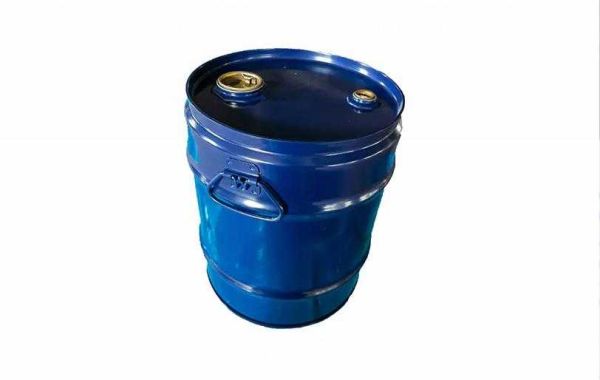In the world of refrigeration and air conditioning, the selection of the right refrigerant plays a vital role in achieving optimal cooling performance and environmental sustainability. Two prominent refrigerants in this regard are Refrigerant R410 and Refrigerant R507. In this article, we will delve into a detailed comparison of these two refrigerants, exploring their properties, applications, and environmental impact.
Refrigerant R410 is a hydrofluorocarbon (HFC) blend commonly used in modern cooling systems. It is a non-ozone-depleting substance, making it environmentally friendly and compliant with regulations such as the Montreal Protocol. The blend typically consists of R32 and R125, offering improved energy efficiency and heat transfer properties compared to older refrigerants.
Properties of R410:
High thermodynamic performance
Low toxicity and flammability
Zero ozone depletion potential (ODP)
Global warming potential (GWP) of approximately 2,090
Applications of R410:
Air conditioning systems, both residential and commercial
Heat pumps for heating and cooling applications
Commercial refrigeration equipment
Refrigerant R507:
Refrigerant R507 is also an HFC blend, composed of R125 and R143a. Like R410, it is a non-ozone-depleting refrigerant and is considered an environmentally friendly alternative to older refrigerants, such as R404A and R22.
Properties of R507:
Good energy efficiency
Moderate toxicity and flammability
Zero ozone depletion potential (ODP)
Global warming potential (GWP) of approximately 3,985
Applications of R507:
Low-temperature refrigeration systems, including cold storage and industrial freezers
Transport refrigeration
Commercial refrigeration equipment
Comparison:
Global Warming Potential (GWP):
Refrigerant R410 has a lower GWP compared to R507, making it a more climate-friendly option. However, both refrigerants have significantly lower GWPs than older alternatives, such as R404A and R22, which have been phased out due to their high environmental impact.
Energy Efficiency:
R410 typically exhibits better energy efficiency and heat transfer properties, making it an excellent choice for air conditioning and heat pump systems. On the other hand, R507 is well-suited for low-temperature refrigeration applications, where its moderate energy efficiency still performs admirably.
Toxicity and Flammability:
Both refrigerants are considered low-toxicity and low-flammability, reducing the potential safety risks during handling and operation.
Applications:
R410 is commonly used in air conditioning systems and heat pumps due to its excellent thermodynamic performance. R507 is preferred for low-temperature refrigeration applications, where its cooling capacity and efficiency are well-suited.
Environmental Considerations:
Both R410 and R507 are HFC blends, which are not entirely environmentally neutral due to their GWP. The refrigeration and air conditioning industry are actively exploring alternatives with even lower GWPs, such as hydrofluoroolefins (HFOs) and natural refrigerants like ammonia and carbon dioxide.
In conclusion, Refrigerants R410 and R507 are both environmentally friendly HFC blends with unique properties that cater to different cooling applications. R410 excels in air conditioning and heat pump systems, while R507 is ideal for low-temperature refrigeration applications. Both refrigerants offer a more sustainable alternative to older, ozone-depleting refrigerants, contributing to the industry's ongoing efforts towards environmental responsibility. As technology continues to advance, it is crucial for the industry to embrace alternatives with even lower GWP to create a greener and more sustainable future for refrigeration and cooling systems.








